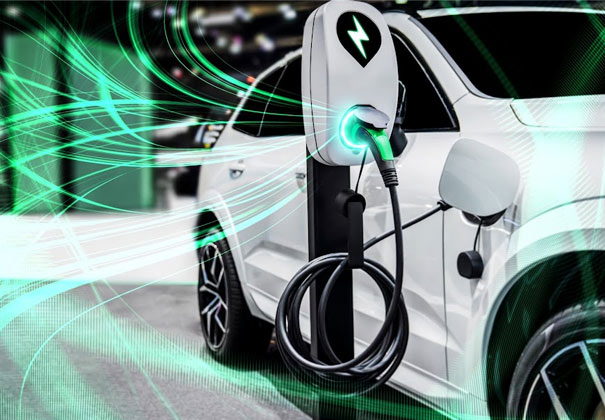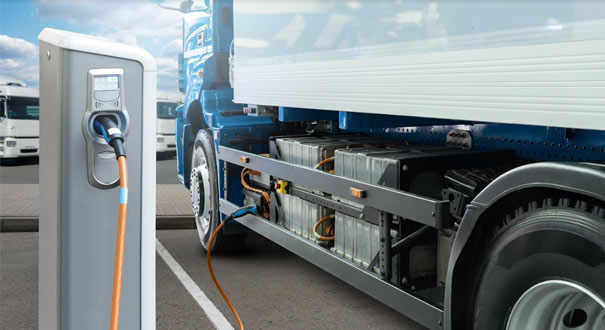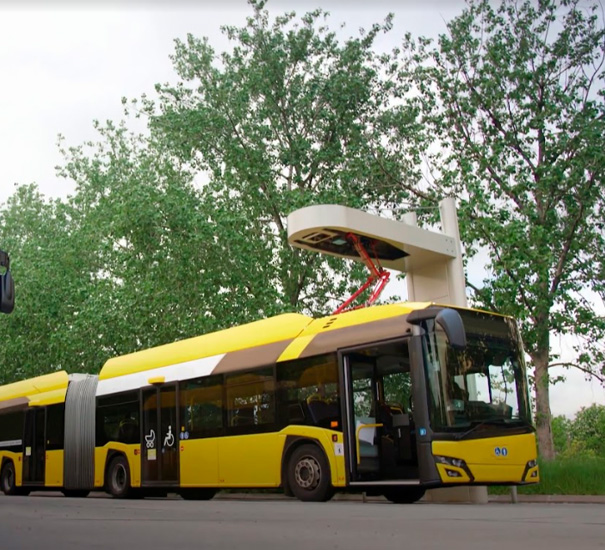There is a shift happening in the transportation industry. Electric transportation has undergone innovations that put it at the front of reducing emissions.
Innovations in batteries and chargers have led to longer running electric transportation vehicles. These innovations promote benefits to individuals, businesses, communities, and the nation.
That does not mean we do not need more innovations. We need to build an infrastructure for electric vehicle charging across the nation. Much the same way we built rest areas and gas stations. Charging stations will need to be close together on every highway. That is because a charge on an electric vehicle lasts between 100 and 300 miles. Every highway means even two-lane back roads.
The benefits of electric transport are immense. There are no emissions from electric vehicles. We can reduce greenhouse gases on a large scale by going to electric vehicles.


That is just the start. Eventually we could see large transport vehicles going electric too. That will depend on further innovations in charge life of batteries and the number of charge stations across the nation. It will take batteries that can go many miles, uphill, and carry large weights.
There are benefits to electric transport. These include:
Those are just a few benefits to businesses, individuals, and communities.
The federal government in 2021 set 7.5 billion in the budget for building the electric charging infrastructure needed. It will cover several years of building charging stations across the nation’s highways and interstates.
Charging stations have one to three plugins for charging electric vehicles. How long it will take to charge the electric vehicle will depend on the type of charging station. There are three levels of charging stations. One takes an hour to charge enough for five miles. The midrange charger will go 25 miles on one hour of charge. The third one will go 100 to 200 miles per 30 minutes of charge.


The first charge is good for individual users to use at home. Individuals can plug the car in at night for 8 hours to provide a full charge. The charging stations built into our infrastructure should be the better stations that charge quicker. Communities can place chargers where normally a parking meter would be placed.
The charging stations can be installed with ultraviolet light cleaning that will sanitize them for the next user. The cleaning unit can either be run by a person or it can run autonomously. Running autonomously lowers the cost to the owner of the charging station, even when paying a person to empty the cleaning units.
Electric transportation can reduce climate change saving the planet for generations to come. Not just the planet, but every species on the planet can be saved when greenhouse gases that cause climate change are dramatically reduced by electric vehicles being 90% of the vehicles on the road.
The goal is to use cleaner green energy to drive transportation including shipping goods and services long distances. This will not only reduce emissions and air pollution, but it will be good for the oceans too. The ocean temperature can and should go back down to normal resulting in less icecap melting. We all must do our part on this journey to electric transportation.